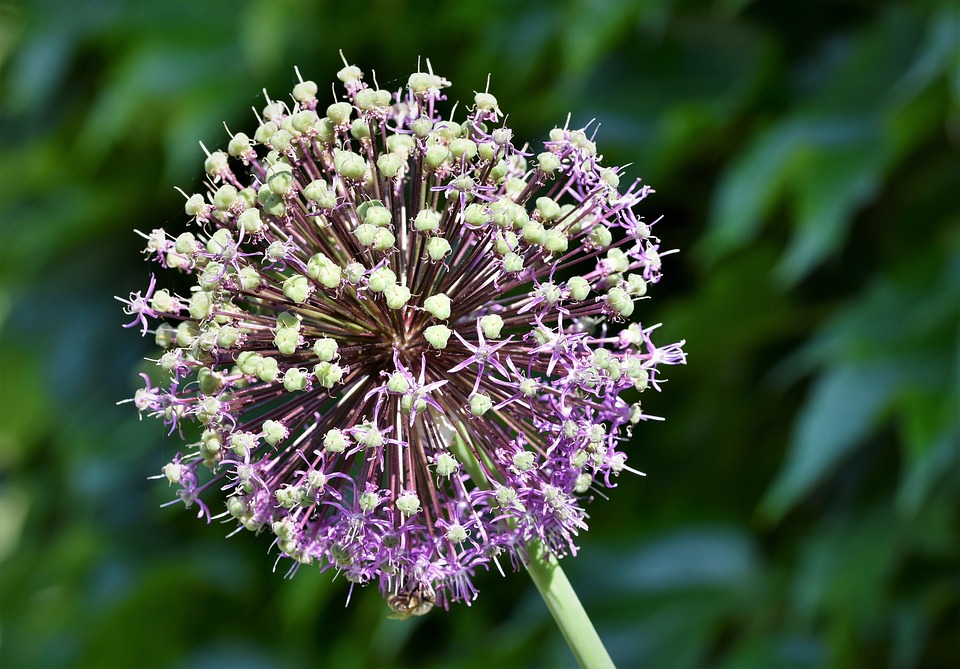Introduction
Greenhouse plants not only add beauty to your home but also improve air quality, making it healthier and more refreshing. These vibrant plants create a mini indoor oasis by enhancing the aesthetics while purifying the air you breathe. In this article, we will delve into the world of greenhouse plants, exploring the benefits they offer and how you can incorporate them into your home.
The Benefits of Greenhouse Plants
Greenhouse plants offer a multitude of benefits that go beyond their visual appeal. They are natural air purifiers, removing toxins from the environment and releasing fresh oxygen. This can greatly improve air quality, reducing the risk of respiratory issues and creating a more pleasant living space.
Furthermore, these plants have a calming effect on our mental health. They promote relaxation and stress reduction, creating a peaceful atmosphere. Studies have shown that being surrounded by nature, even within the confines of your home, can improve mood and overall well-being.
Types of Greenhouse Plants
There is a wide variety of greenhouse plants to choose from, each with its own unique characteristics and care requirements. Some popular options include:
- 1. Succulents: Known for their ability to store water in their leaves, succulents are low-maintenance plants that are ideal for beginners.
- 2. Orchids: These elegant flowers can add a touch of sophistication to any space. They require specific care, ensuring they receive the right amount of light and humidity.
- 3. Ferns: Ferns are known for their lush foliage and thrive in environments with high humidity. They can add a tropical touch to your home.
- 4. Peace Lily: This popular houseplant not only has beautiful white flowers but also helps purify the air by removing toxins such as formaldehyde and benzene.
Caring for Greenhouse Plants
Proper care is essential for ensuring the longevity and health of your greenhouse plants. Here are some general care tips:
- 1. Light and Temperature: Identify the light requirements of your plants and place them accordingly. Ensure they are not exposed to direct sunlight for prolonged periods. Additionally, maintain an optimal temperature range, typically between 65°F and 75°F.
- 2. Watering: Different plants have varying watering needs. Research the watering requirements of each plant and water accordingly. Overwatering can lead to root rot, while underwatering can harm the plant.
- 3. Fertilizing: Use a balanced fertilizer to provide essential nutrients to your plants. Follow the instructions on the packaging and fertilize as recommended.
- 4. Pruning: Regularly trim dead or yellowing leaves to maintain the overall health and appearance of your plants.
FAQs
Q: Can greenhouse plants thrive in low-light environments?
A: While certain greenhouse plants can adapt to lower light conditions, most prefer bright, indirect light. However, it is important to research the specific light requirements of each plant to ensure its proper growth.
Q: How often should I water my greenhouse plants?
A: The frequency of watering depends on the plant’s moisture needs. Overwatering can lead to root rot, so it is crucial to check the soil moisture before watering. Typically, it is better to underwater than overwater.
Q: Can greenhouse plants improve indoor air quality?
A: Yes, greenhouse plants are known for their ability to purify indoor air by removing toxins and releasing oxygen. They can help eliminate volatile organic compounds (VOCs) that are commonly found in household items.
Q: Are greenhouse plants safe for pets?
A: While some greenhouse plants are safe for pets, there are certain plants that are toxic to animals. It is essential to research each plant’s pet-friendliness before bringing them into your home to ensure the safety of your furry friends.





